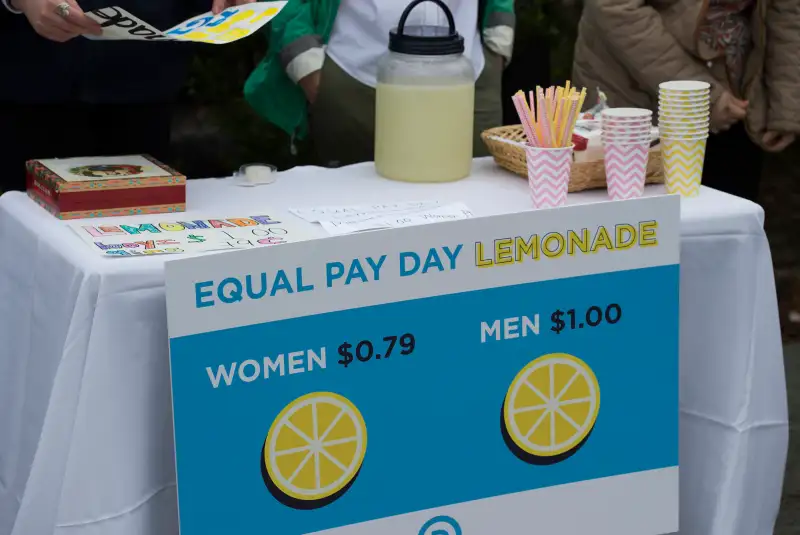Women Work 39 Days More a Year Than Men

Talk about insult to injury: Not only do women earn less than men for doing the same jobs, but a new study finds that they work longer hours, too.
According to the World Economic Forum's Global Gender Gap Report 2016, women work nearly an hour longer every single day than men do when unpaid labor such as caregiving is included. Those 50 minutes a day add up to 39 days a year — that's more than a month extra that women around the world log more than their male co-workers. That's on top of earning $0.77 for every $1.00 a man earns.
The global economic gap is significant and has actually gotten worse since last year, even though the gender gaps in educational attainment and health have nearly disappeared. "Disparities in skills and qualifications alone cannot solely account for these differential economic outcomes for women and men," the WEF said.
This analysis of 144 countries found that women in India, Portugal and Estonia, respectively, log the most extra work time compared to men, the BBC notes. There are only six countries where women work less than men: Japan, the Netherlands, Norway, New Zealand, Denmark and Sweden.
The report said that just 59% of the economic participation gap has been closed, compared to 95% and 96% for education and health, respectively. This marks, the WEF said, "a continued reversal on several years of progress and the lowest value measured by the Index since 2008." The United States comes in 66th in the report's wage equality ranking.
This discouraging slide means that the report's authors estimate it will take until the year 2186 for women to reach economic parity with men.
